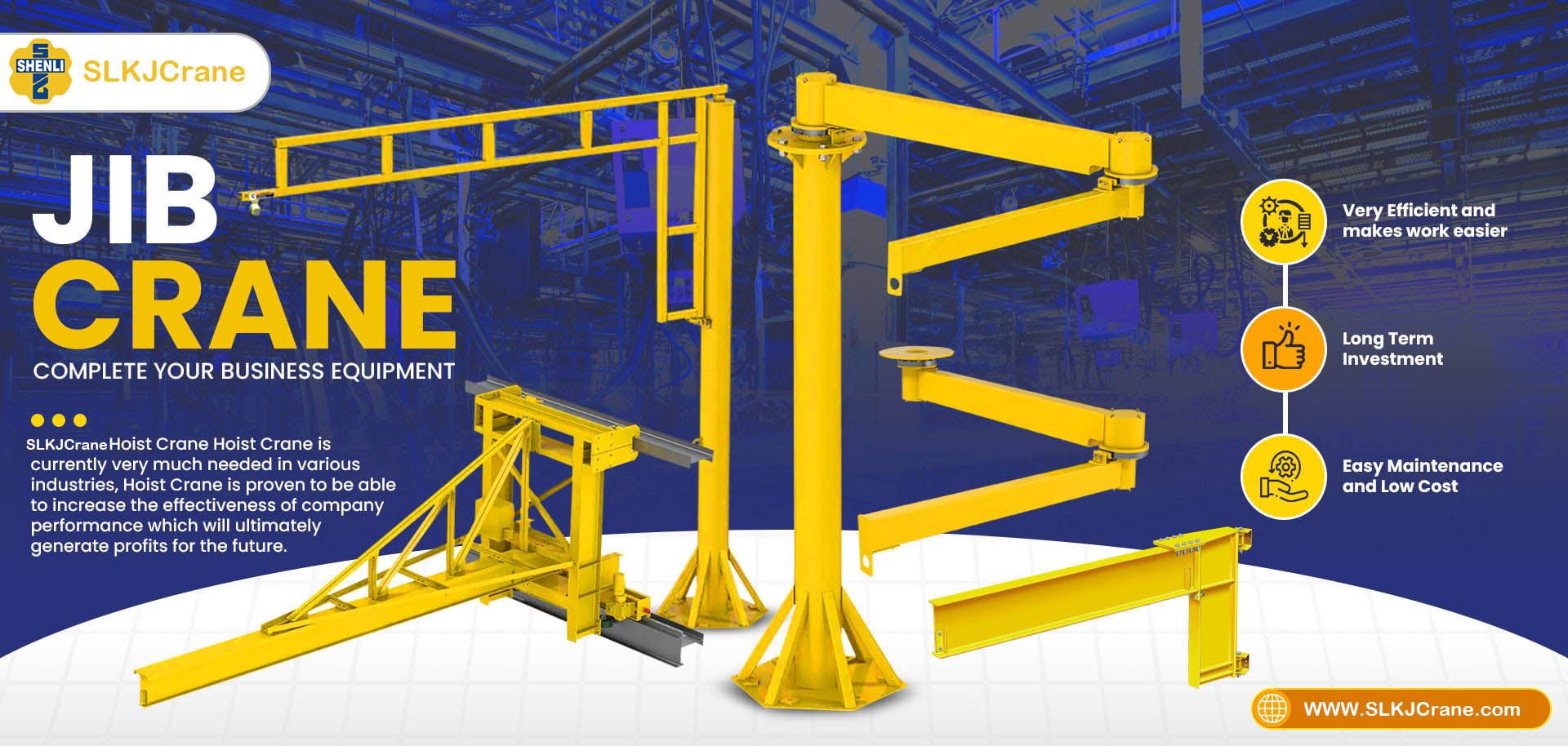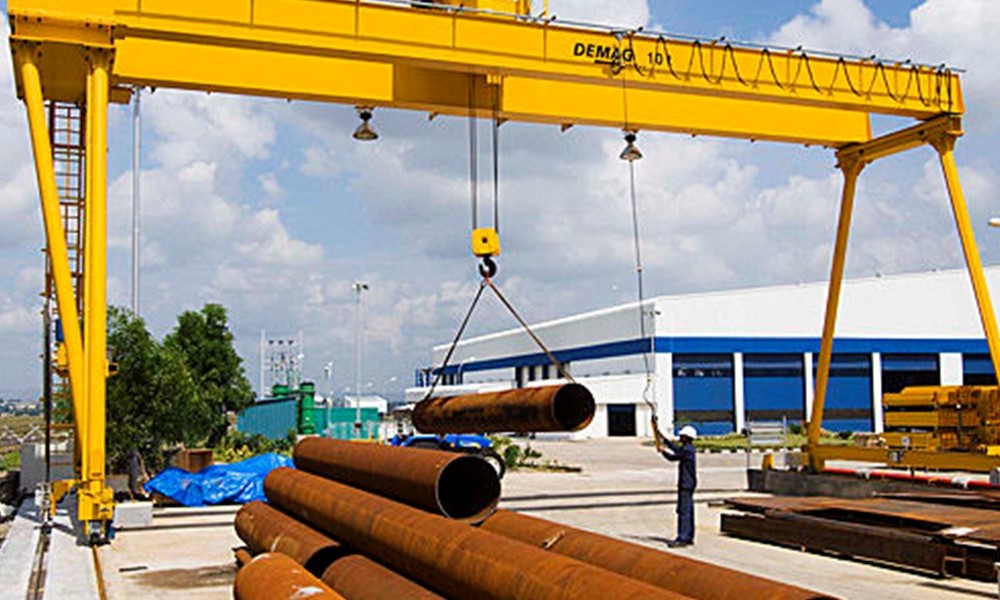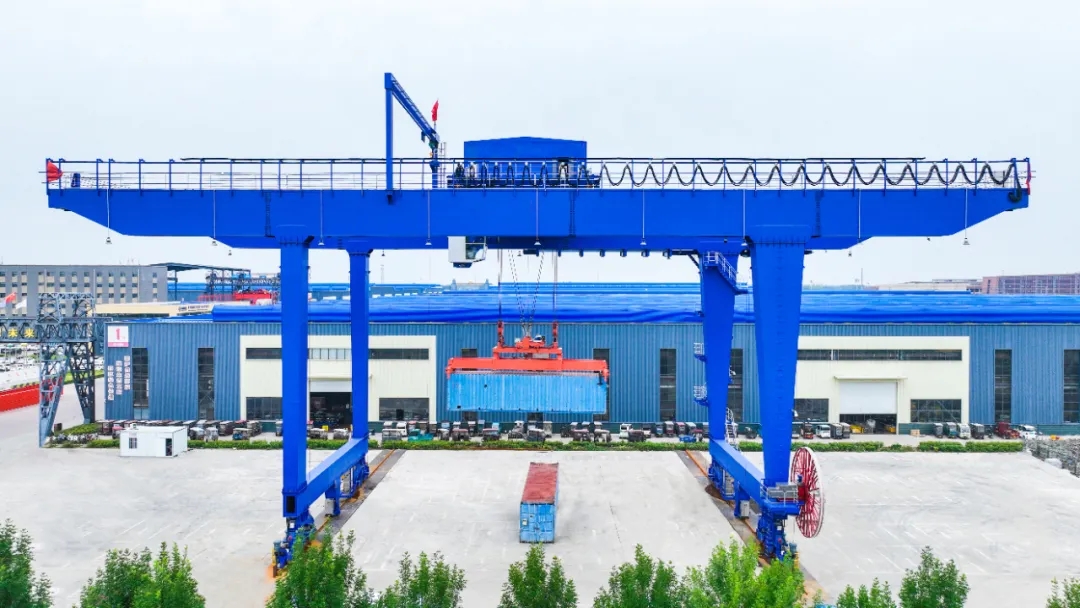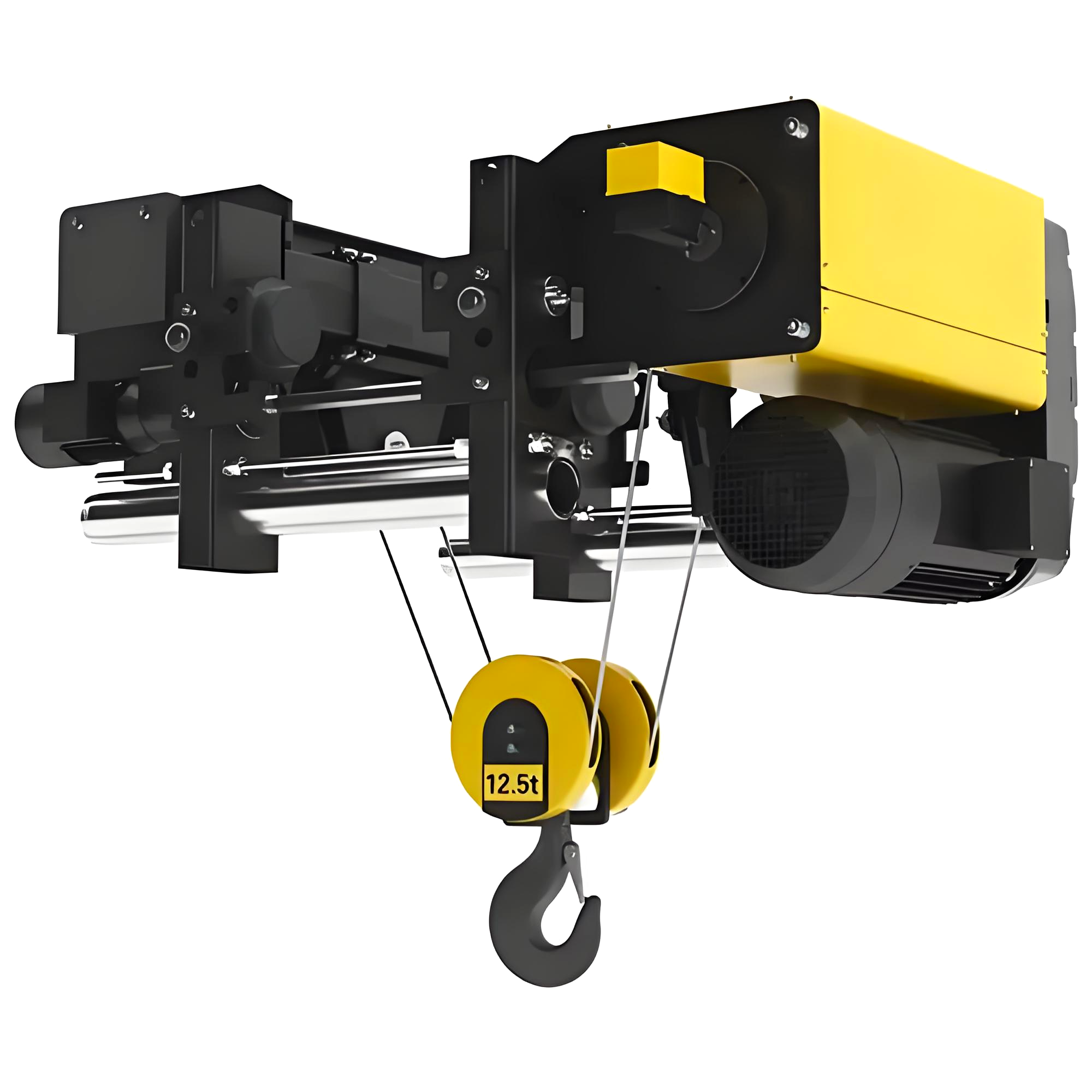Choosing the Right Gantry Crane for Container Yards: Rail-Mounted vs. Rubber-Tired
Introduction: Why the Right Crane Matters
Container yards are the beating heart of global logistics. Every day, thousands of containers need to be stacked, retrieved, and loaded with high precision. The efficiency of this process depends heavily on the type of gantry crane in operation. For yard operators, the key question is: should you invest in a Rail Mounted Gantry (RMG) crane or a Rubber Tired Gantry (RTG) crane?
This guide provides an in-depth comparison of RMG and RTG cranes, exploring technical features, operational efficiency, lifecycle costs, and environmental considerations. By the end, you will understand which solution best fits your container yard.
What Is a Rail Mounted Gantry (RMG) Crane?
An RMG crane is a large, rigid structure that travels along fixed rails installed in a container yard. It is powered by electricity and designed for high-capacity, repetitive container handling.
Key features of RMG cranes:
Operates on steel tracks fixed to the ground.
Fully electric, offering stable power supply and lower emissions.
Can handle large stacking heights and multiple container rows.
Ideal for mega ports, rail terminals, and high-volume yards.
Common Lifting Capacities of RMG Cranes
In practical applications, the rated lifting capacity under the spreader for most RMG cranes ranges between 30 tons and 60 tons, matching the handling requirements of international standard containers (20’, 40’, 45’).
| Capacity (tons) | Application Scenario | Remarks |
|---|---|---|
| 30 | Small inland ports, railway transfer yards | Light load, high efficiency, low investment |
| 35 | General inland ports, medium yards | Balanced cost and performance |
| 40 | Coastal, inland, and rail container yards | Standard configuration, highly versatile |
| 40.5 | Mainstream ports and rail hubs | Covers max gross weight of 40’ container (~30.48t) with safety margin |
| 41 | Certain ports and logistics parks | Similar to 40.5t, often regional preference |
| 45 | Large yards, deep-water ports | Capable of heavy containers and 45’ boxes |
| 50 | Heavy-load terminals, rail marshalling yards | Handles oversized or heavy containers |
| 60 | Mega ports, heavy-duty projects | Meets demand for ultra-heavy containers |
Selection tips:
For standard container operations (20’, 40’): 40.5 tons is recommended as the mainstream option with safety margin.
For yards involving 45’ or overweight containers: choose 45 tons or above.
For budget-sensitive projects with single container type: 35–40 tons may be sufficient.
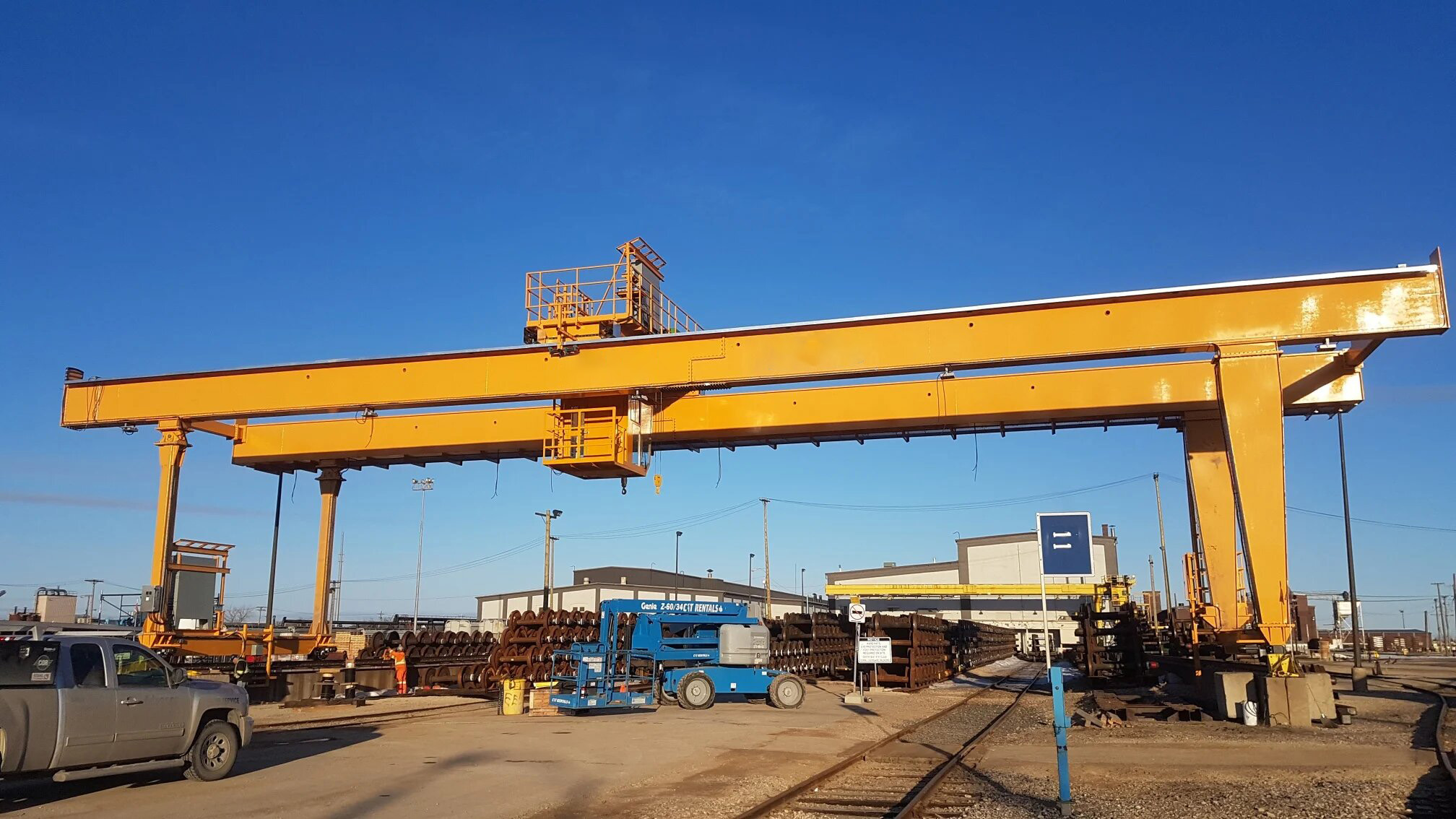
What Is a Rubber-Tired Gantry (RTG) Crane?
An RTG crane is a mobile crane mounted on rubber tires, allowing it to travel freely within the yard. Most RTGs are diesel-powered, though hybrid and electric options are emerging.
Key features of RTG cranes:
Flexible mobility without rail constraints.
Can relocate between different yard blocks or terminals.
Lower initial investment compared with RMG.
Preferred for medium-sized ports, developing terminals, and yards with variable layouts.

RMG vs RTG: A Detailed Comparison
| Factor | Rail-Mounted Gantry (RMG) | Rubber-Tired Gantry (RTG) |
|---|---|---|
| Mobility | Fixed to rails, no relocation | Fully mobile, flexible |
| Energy & Environment | 100% electric, low emissions | Diesel or hybrid, higher emissions |
| Handling Capacity | High volume, tall stacking | Moderate volume, limited stacking |
| Initial Investment | High CAPEX due to rails & infrastructure | Lower initial investment |
| Maintenance | Lower running cost, fewer moving parts | Tire wear, higher fuel cost |
| Best Use Case | Large ports, rail hubs, automated yards | Smaller or developing ports, flexible layouts |
Factors to Consider Before Choosing
1. Yard Layout and Space Utilization
RMG works best in standardized, large-scale yards with permanent infrastructure.
RTG is better if yard layout frequently changes or if future expansion is uncertain.
2. Handling Efficiency and Capacity
RMG cranes can handle more containers per hour, ideal for mega terminals.
RTG cranes provide moderate efficiency but allow fast deployment and relocation.
3. Energy Consumption and Sustainability
RMG cranes, being fully electric, have lower operating costs and carbon footprint.
RTG cranes consume diesel, though electric RTGs are gaining traction in green ports.
4. Maintenance and Downtime
RTGs require more frequent maintenance (tires, engines, hydraulics).
RMGs demand less routine upkeep but involve higher repair complexity if rail systems fail.
When to Choose an RMG Crane
High container throughput (500,000+ TEU per year).
Fixed, long-term yard planning with rail infrastructure.
Ports aiming for automation and sustainability.
Operators prioritizing lifecycle cost savings over upfront CAPEX.
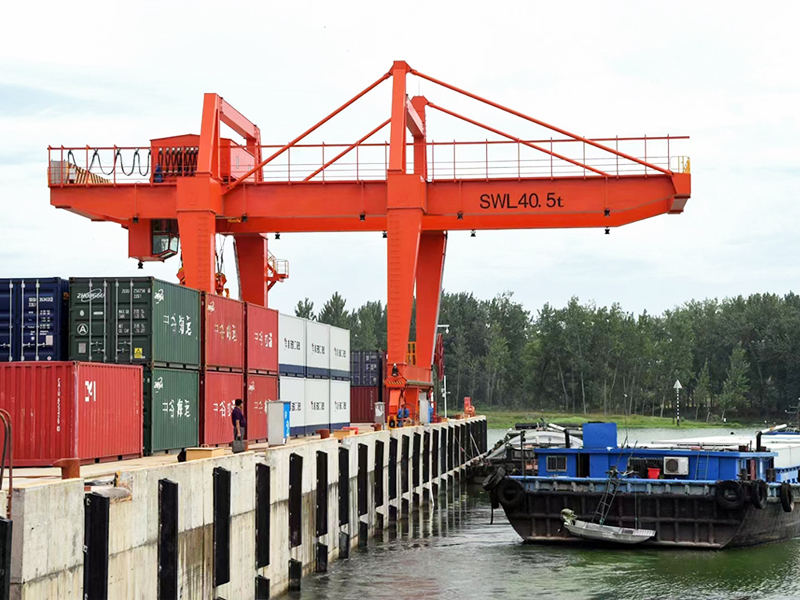
Port Terminals
Stacking and moving containers between ships, trucks, and storage areas.
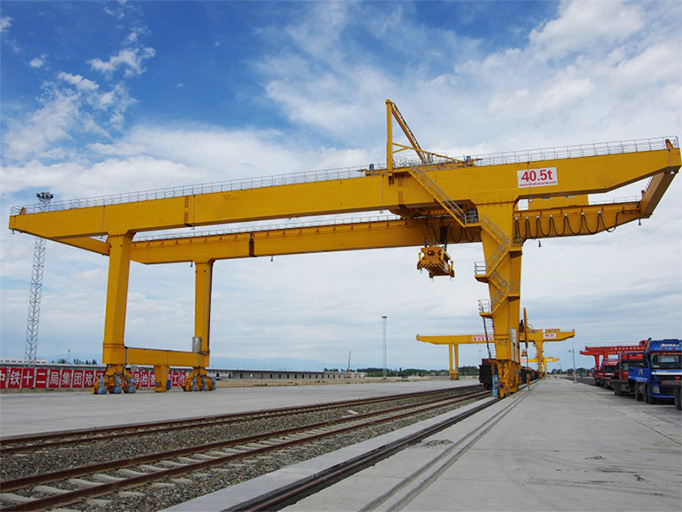
Port Terminals
Transferring containers between trains and trucks.
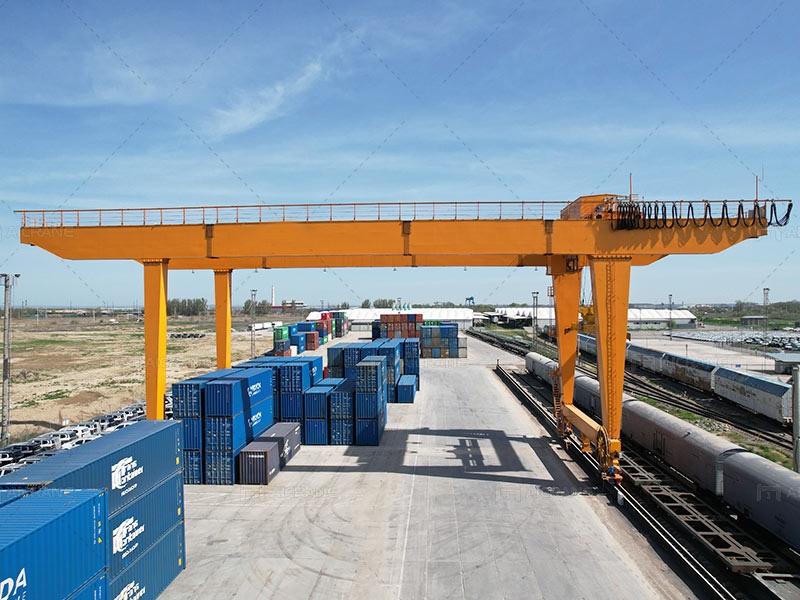
Inland Logistics Parks
Supporting intermodal freight systems.
When to Choose an RTG Crane
Smaller or medium-sized container terminals.
Projects with limited budgets.
Yards with irregular layouts or expansion needs.
Operators requiring quick deployment and flexible operations.
Industry Trends and Future Outlook
Green ports are driving demand for electric RTGs and hybrid solutions.
Automation favors RMG cranes due to their fixed structure and precision.
Increasingly, ports adopt a mixed strategy, using RMGs for main stacking areas and RTGs for flexible support operations.
Conclusion
There is no universal “best crane.” The choice between RMG vs. RTG depends on your yard’s size, container throughput, long-term expansion plans, and budget.
For large-scale, automated, and eco-conscious terminals → RMG is the superior choice.
For smaller, flexible, or budget-limited yards → RTG remains the most practical option.
Choosing the right gantry crane is not just about equipment — it’s about securing efficiency, sustainability, and competitiveness in the logistics chain.
👉 Contact our crane experts to get a tailored solution for your container yard.
Conclusion – Ensure Reliable Operation with SLKJCrane

Expert in Overhead Crane/Gantry Crane/Jib Crane/Crane Parts Solutions
Eileen Hu
With 20+ years of experience in the Crane Overseas Export Industry, helped 10,000+ customers with their pre-sales questions and concerns, if you have any related needs, please feel free to contact me!
Frequently Asked Questions (FAQ)
RMG cranes, because they are electric-powered and have lower fuel expenses.
Yes, modern RTGs support semi-automation and remote-control features, though RMGs are more automation-friendly.
Both can last over 20 years, but maintenance costs are lower for RMGs, while RTGs require regular tire and engine servicing.
Yes, many manufacturers now offer hybrid or electric RTGs as part of green port initiatives.
5 Key Factors for Selecting the Right Jib Crane
5 Key Factors for Selecting the Right Jib Crane: A Complete Guide from Parameters to Budget Introduction A
Overhead Crane Systems for Steel Mills | A7–A8 Guide
Overhead Crane Systems for Steel Mills: Engineering Guide, Selection Matrix, and Lifecycle ROI Executive Summary Steel plants run
Rail Mounted vs Rubber Tired Gantry Cranes for Container Yards
Choosing the Right Gantry Crane for Container Yards: Rail-Mounted vs. Rubber-Tired Introduction: Why the Right Crane Matters Container
Top 5 Reasons to Choose a European Wire Rope Hoist
5 Reasons to Choose a European Wire Rope Hoist The European wire rope hoist has become one of
Contact Us Now
Have questions about our cranes or need help?
Reach out to our friendly team for expert support and guidance.
We are here to help you power your journey towards a greener future !
Address: Crane Industry Park, Xinxiang City Henan Provice

